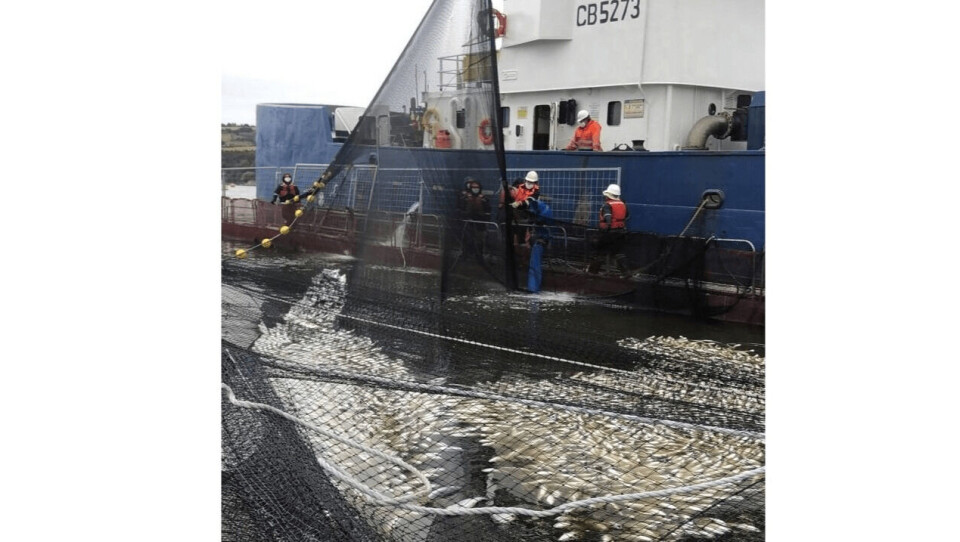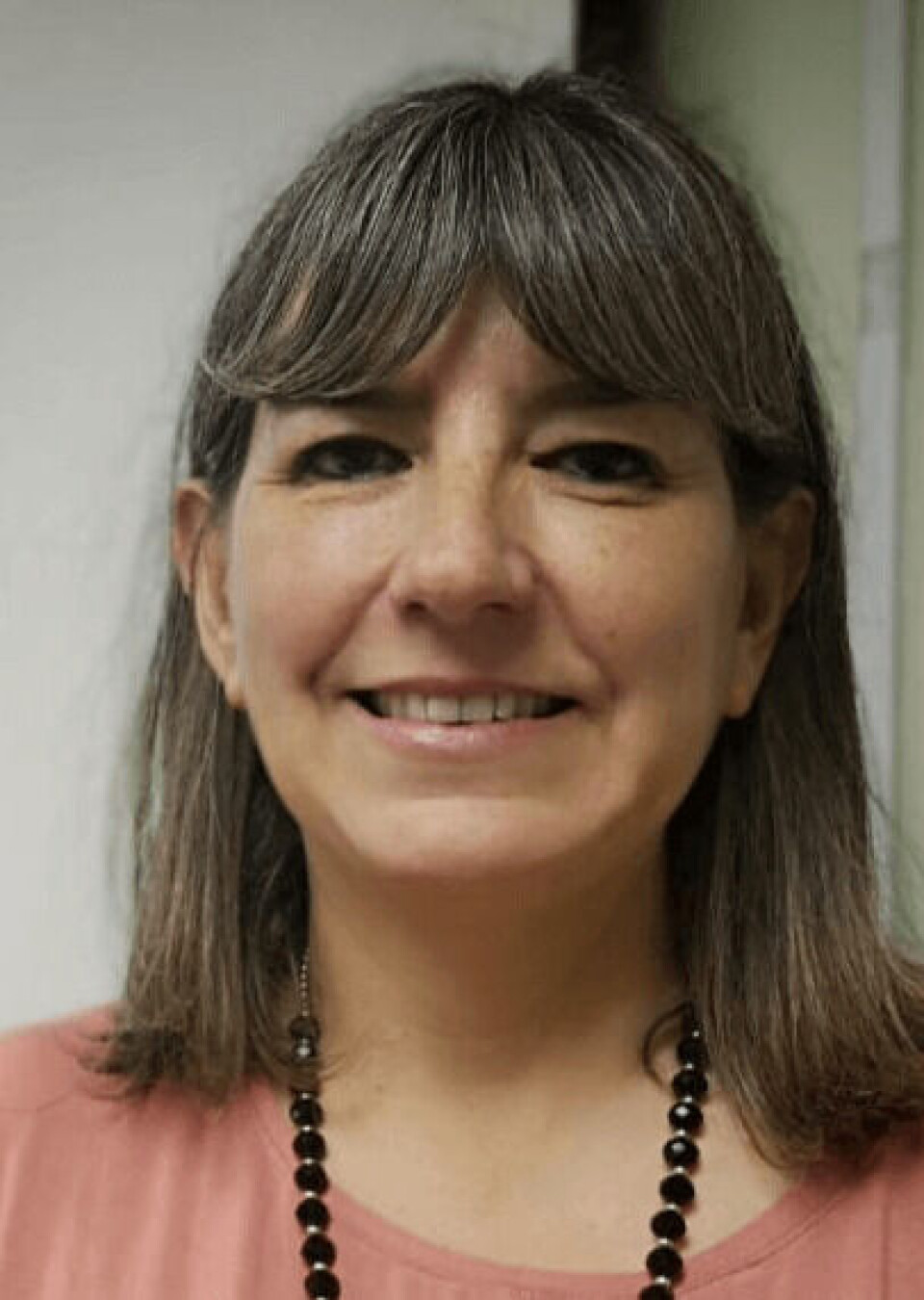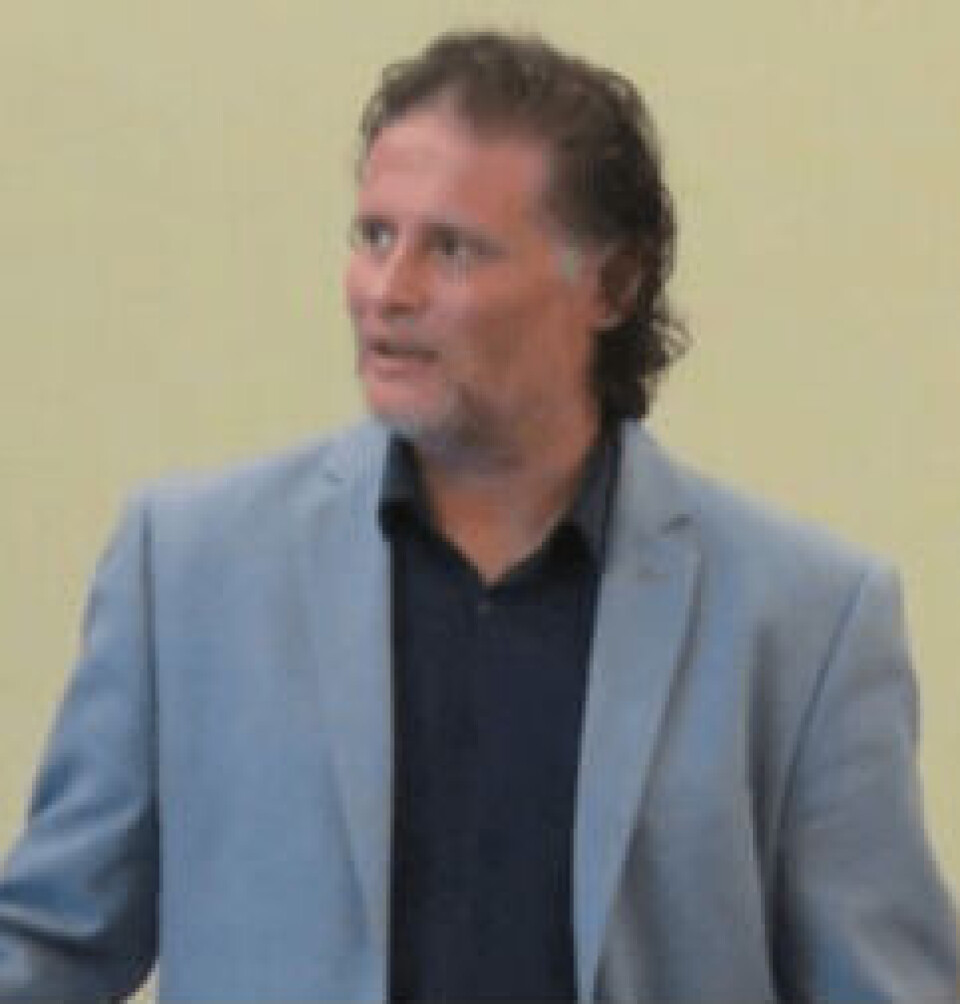
Algae blamed for death of 861,000 salmon in Chile
A bloom of the toxic microalgae Cochlodinium sp has been confirmed as causing the death of 861,000 coho salmon at a site operated by Chilean farmer Invermar.
The company last week notified state aquaculture agency Sernapesca about the mass mortality at its Tepun site near the salmon processing city of Quellón on the island of Chiloé in Los Lagos region.
There were more than 937,000 fish with an average weight of 780 grams in the site, and 92% were killed by Cochlodinium sp, which suffocates fish after adhering to their gills. The dead fish have been removed.
Tests on water samples taken by Sernapesca confirmed analyses by Invermar that indicated the presence of the microalgae.

A known killer
The national director of Sernapesca, Alicia Gallardo, told Fish Farming Expert’s Chilean sister site, Salmonexpert.cl, that Cochlodinium sp is toxic to fish and when conditions such as water temperature and salinity allow it to bloom it generates salmonid mortality.
“It is known worldwide for causing the death of fish in various farming systems, and in 2018 an event similar to the one now occurred with it in Quellón,” said Gallardo.
“It is also relevant to point out that, during the coronavirus crisis, notification systems remain mandatory for companies, and in this case, Invermar duly reported the massive mortality and monitoring of the microalgae, so we began surveillance along with the Navy.”

Mucopolysaccharide
Dr Óscar Espinoza, head of the Center for the Study of Harmful Algae in Puerto Montt, told Salmonexpert that Cochlodinium sp is a dinoflagellate that is characterised as ichthyotoxic, or “fish killing”.
“Its damage is generated by a mucopolysaccharide that asphyxiates the fish sticking to their gills,” said the scientist.
There are five other salmon farming concessions in the area, but to date none has experienced abnormal mortality from algae or other causes.























































